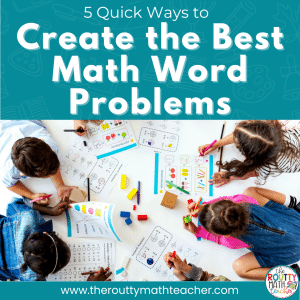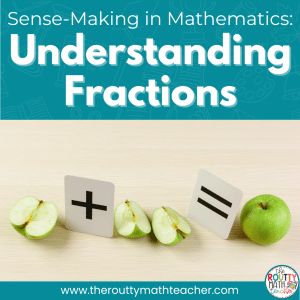
Spiral Math Review: Three Simple Strategies
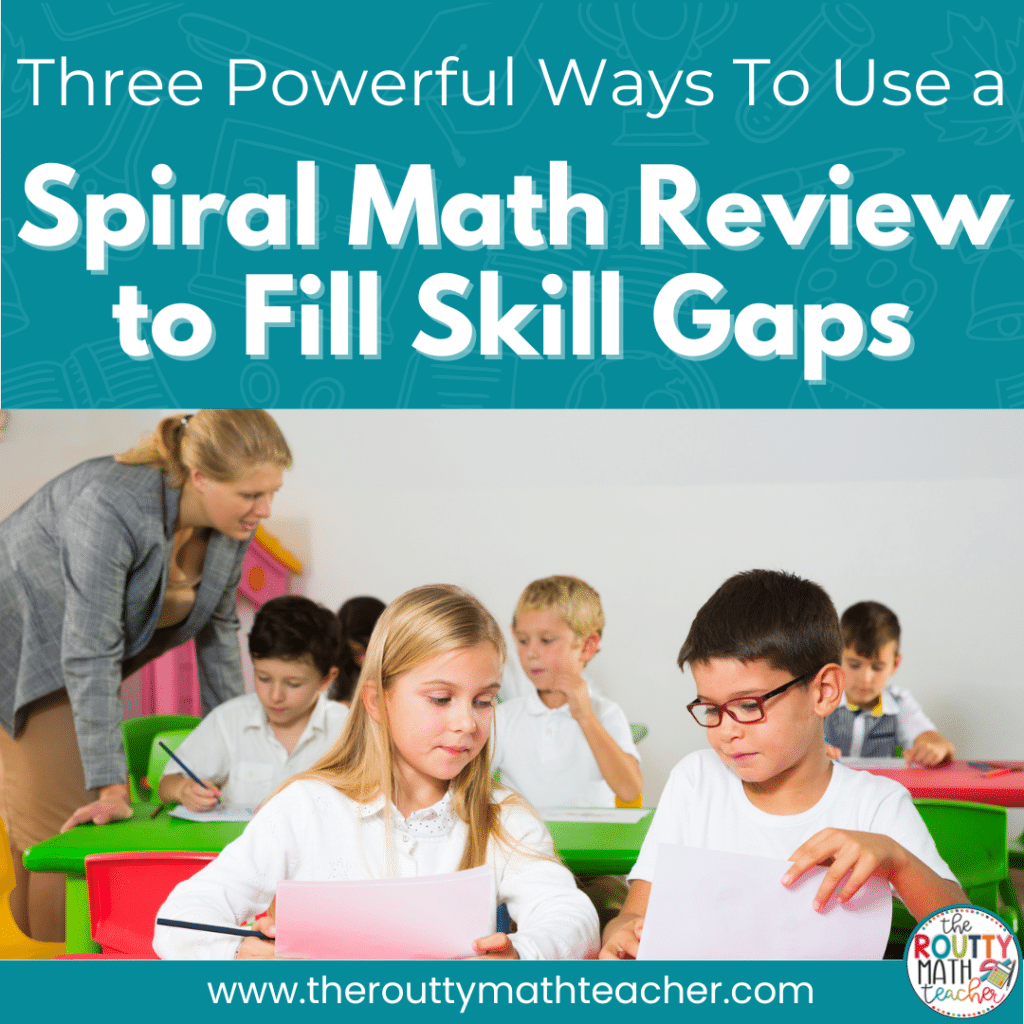
The pandemic created many learning challenges for our students. As we prepare to return to a more traditional learning experience, it’s time to help our students get back to their pre-pandemic success levels. In this post, I share three strategies for using a spiral math review to fill skill gaps caused by the pandemic.
I recently heard the 2020-2021 school referred to as a dumpster fire.
The Merriam-Webster dictionary defines “dumpster fire” as a “DISASTER.”
As we well know, the 2020-2021 school year was a challenge for teachers, students, and their families alike.
Each family and every student had a different experience and will be returning to our classrooms with a variety of needs, including both academic and social needs.
To meet the needs of our students and get them back on track, we will need to make changes to our instruction and reimagine the way we teach math.
One of the ways we can do this is by using a spiral review to reinforce skills students learned last year and assess student mastery toward them.
How to Use a Spiral Math Review
Use of a spiral math review can temporarily replace your traditional warm-up or math starter so you can get the data you need to help students fill gaps created or widened by the pandemic.
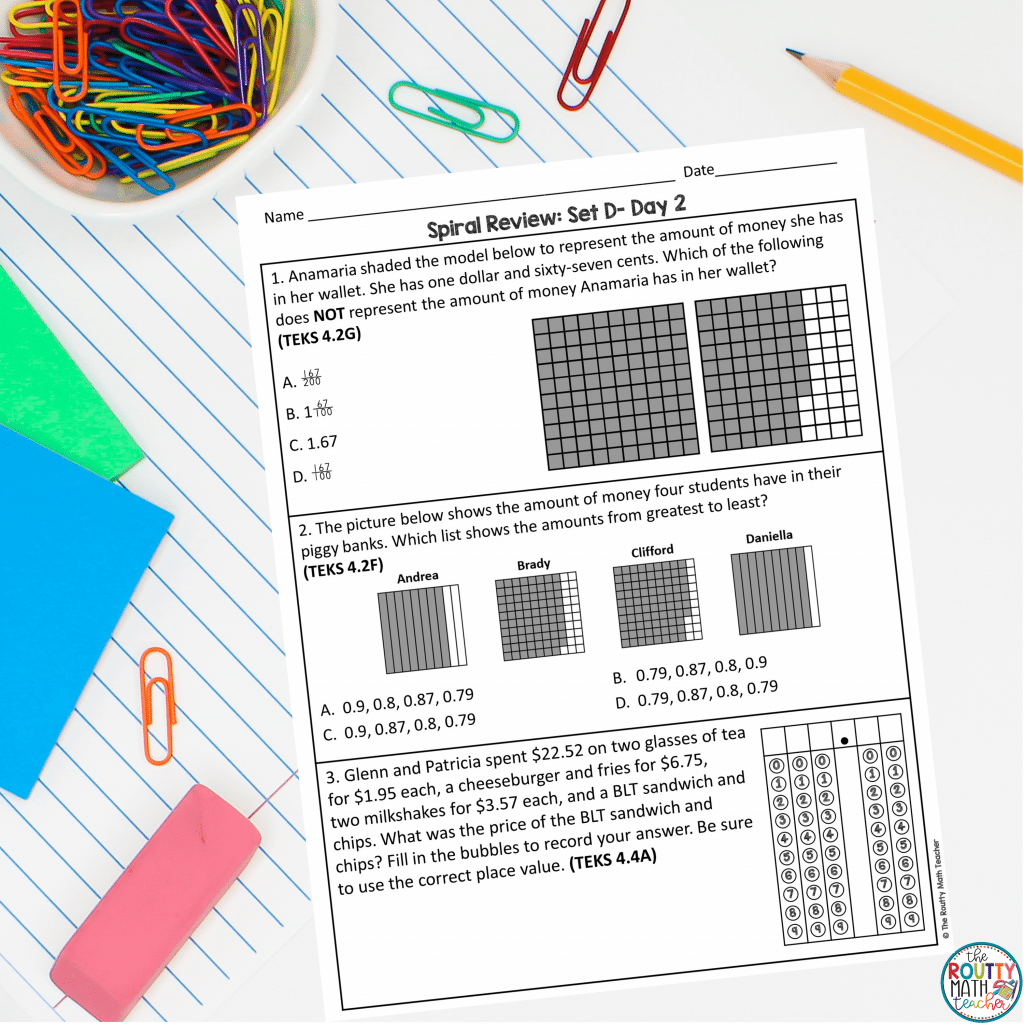
Here’s what you need to do:
1. Select a high-quality review that covers content from the previous grade level.
2. Assign 2-4 tasks each day.
3. Give students 5 minutes to complete the problems.
4. Spend 5-10 minutes reviewing the tasks and correcting answers.
5. Use a tracking sheet to collect student data. You can either have the students mark their own chart or collect the tasks to review.
Once you begin collecting this data, it’s important to create a follow-up plan to address the needs revealed by the collected data.
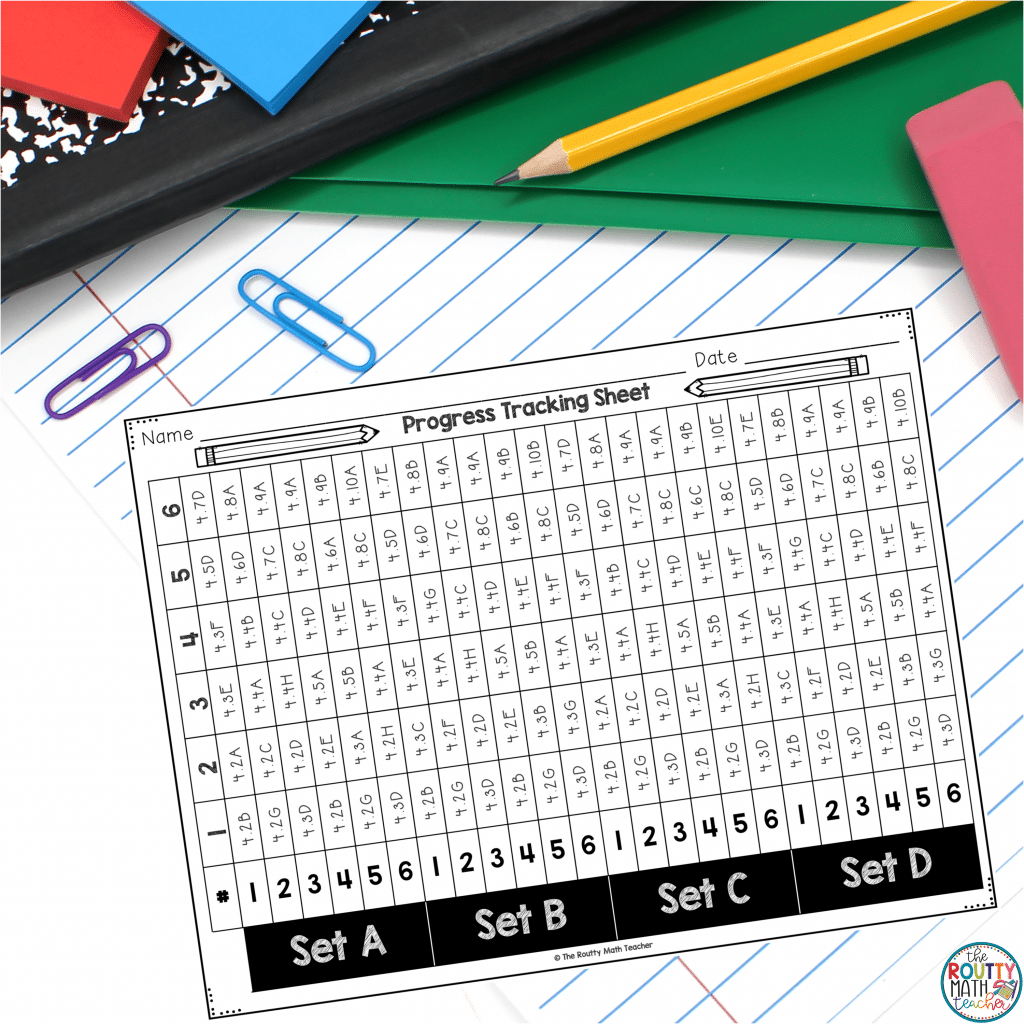
Three Strategies for Using a Spiral Math Review to Fill Skill Gaps
A. Create a Teachable Moment
While reviewing the day’s spiral review questions with the class, take a few moments to teach/review skills with which students are struggling. This method works well with simple skills involving vocabulary or concepts that do not require as much time to learn as other topics do.
B. Review Prerequisite Skills Before Teaching Related Content
Do a deep dive into the concepts and skills students learned in the previous grade level. Then, create a map of which skills support the new content you’ll be teaching in the current grade level. For example, before teaching students to use the standard algorithm for multiplication, review standards related to using strategies and models to multiply large numbers. This strategy not only allows you to review content and standards from the previous grade level, but it also gives you a chance to support student understanding of new learning.
C. Program the Skills Into Small Group Math Instruction
As you identify skills where students are struggling, program the skills into your small group math rotations. For some skills, a complete re-teach may be needed. Reinforcement can then be provided through math stations. For skills where specific students are struggling, you can use a guided math structure to reteach those skills and use math stations to provide additional opportunities for practice. Finally, for skills where 60%-70% of the class are showing mastery, create a math station activity that will allow students to gain additional practice with the skill.
Using Formative Assessment Data
Once students have had an opportunity to receive a reteach or additional practice for a specific skill, it’s important to assess their understanding to determine if the students need more practice. Formative assessment tools, such as exit tickets and short quizzes, make great tools for getting this feedback from students.
A Note About Finding the Right Spiral Review
I’m often asked where to find a spiral review. To be honest, the best spiral reviews are one you create yourself. You can cut-up an old state assessment, workbook, or printed spiral review to create one that meets the needs of your students. As long as you are not selling it or sharing it with other teachers, beyond your grade level team, schools, or districts, you should not be violating anyone’s copyright. However, always give the copyright a once over to be sure. 😁
Teacher Tip: Creating a digital version of your spiral review, or even just the recording sheet, via Google Forms makes it super simple to collect and analyze student data. Use the form below to download my “How to Create a Digital Worksheet” guide to learn how to upload your printed spiral review into Google Forms to capture student progress.
Sound Off!
How are you planning to tackle skill gaps caused by the pandemic this school year?
References
Merriam-Webster. (n.d.). Dumpster fire. In Merriam-Webster.com dictionary. Retrieved July 1, 2021, from https://www.merriam-webster.com/dictionary/dumpster%20fire




